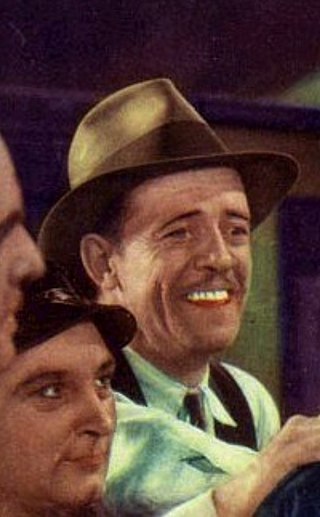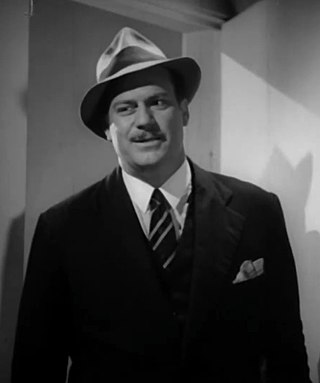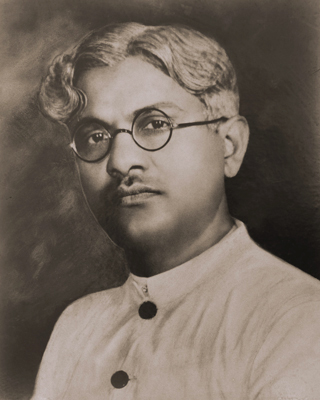Related Research Articles

Tom London was an American actor who played frequently in B-Westerns. According to The Guinness Book of Movie Records, London is credited with appearing in the most films in the history of Hollywood, according to the 2001 book Film Facts, which says that the performer who played in the most films was "Tom London, who made his first of over 2,000 appearances in The Great Train Robbery, 1903. He used his birth name in films until 1924.

Walter Sydney Vinnicombe was an English actor and comedian. He worked in film, television and theatre.

William H. Daniels ASC was a film cinematographer who was best-known as actress Greta Garbo's personal lensman. Daniels served as the cinematographer on all but three of Garbo's films during her tenure at Metro-Goldwyn-Mayer, including Torrent (1926), The Mysterious Lady (1928), The Kiss (1929), Anna Christie (1930), Grand Hotel (1932), Queen Christina (1933), Anna Karenina (1935), Camille (1936) and Ninotchka (1939). Early in his career, Daniels worked regularly with director Erich von Stroheim, providing cinematography for such films as The Devil's Pass Key (1920) and Greed (1924). Daniels went on to win an Academy Award for Best Cinematography for his work on The Naked City (1948).
Sidney Barnett Hickox, A.S.C. was an American film and television cinematographer.
George Joseph Folsey, A.S.C., was an American cinematographer who worked on 162 films from 1919 to his retirement in 1976.

Raymond William Hatton was an American film actor who appeared in almost 500 motion pictures.

Richard Alexander was an American film character actor.

Frank Sidney Hagney was an Australian actor. He is known for his work on It's a Wonderful Life (1946), Ride Him, Cowboy (1932) and The Sea Beast (1926).

John Longden was a British film actor. He appeared in more than 80 films between 1926 and 1964, including six films directed by Alfred Hitchcock.
Maclean Rogers was a British film director and screenwriter.
Charles Carson was a British actor. A civil engineer before taking to the stage in 1919, his theatre work included directed plays for ENSA during WWII.

Chandulal Jesangbhai Shah was a famous director, producer and screenwriter of Indian films, who founded Ranjit Studios in 1929.
Owen Marks was an English film editor who worked in the US.
Arthur Roberts, also known as Arthur E. Roberts, was an American film editor who edited over 100 films during his almost 30-year career.
Robert Herlth was a German art director. He was one of the leading designers of German film sets during the 1920s and 1930s.
References
- ↑ "BFI Database entry". Archived from the original on 4 February 2014. Retrieved 6 December 2011.
- ↑ Steve Chibnall & Brian McFarlane, The British 'B' Film, Palgrave Macmillan, London, 2009, p. 95.